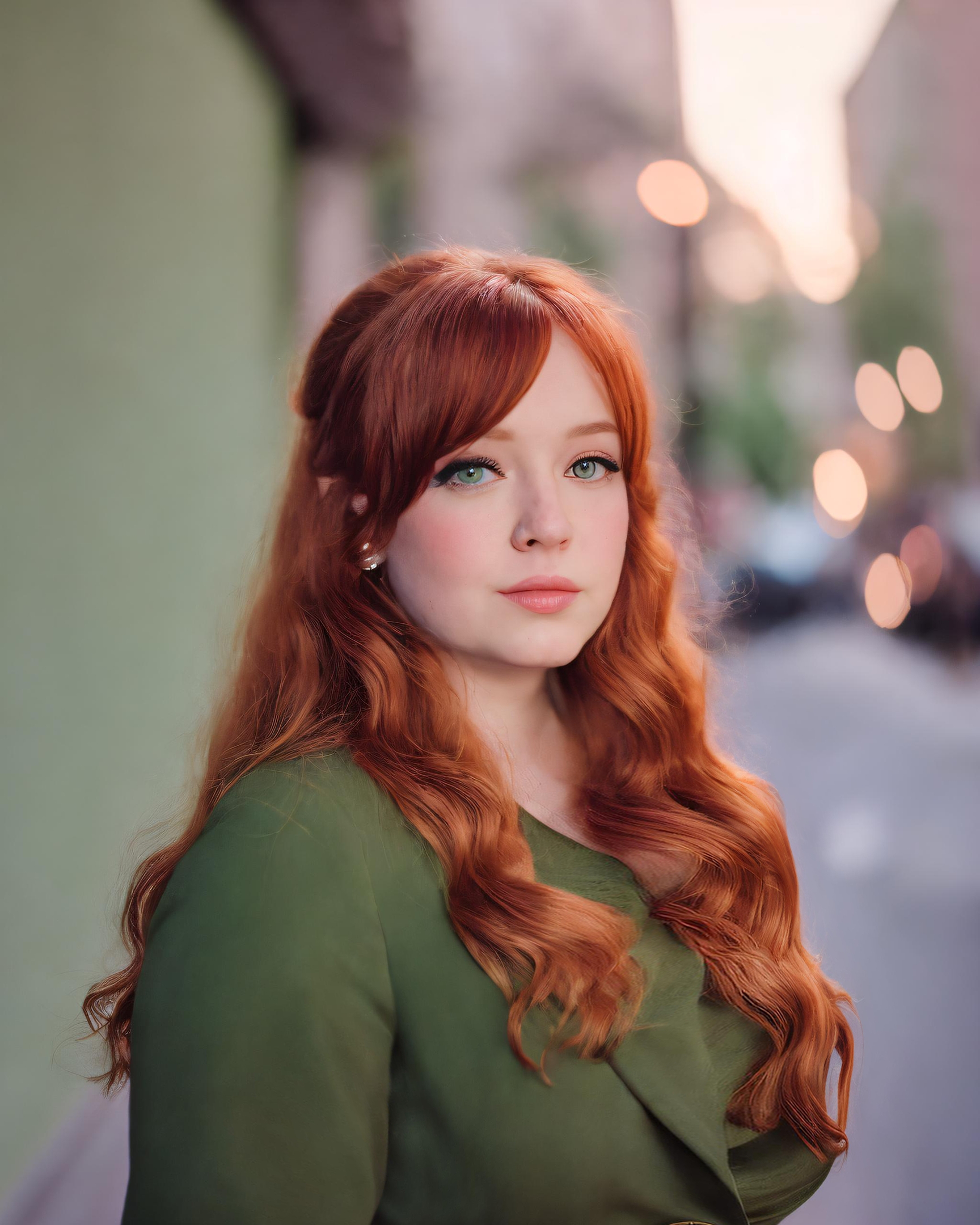Maximalism is a trending design aesthetic emphasizing abundance and uniqueness, an answer to the sleek, beige minimalism of pre-Pandemic times before the home became the school and the office and everything in between.
Characterized by bold patterns, eclectic collections, vibrant hues and layered textures, the ideal maximalist space is visually dense and expressive, adding personality and depth that weaves a rich tapestry of cozy, lived-in design.
Traditionally, smaller spaces demand a minimalist approach, but maximalist style does not have to be sacrificed with minimal space. For designers facing the challenge of delivering trendy maximalist aesthetics into a smaller space, getting artfully cluttered in cozy quarters is possible with strategic planning and intentional design.
Strategic Space Planning
More visual interest within a space can make smaller interiors feel larger by giving the eye more to explore. A bright base invites light to brighten the room and adds negative space for the eye to rest. A light color for a base will also provide a clean backdrop for design pieces and curated collections that sing. Use bold colors and wallpaper patterns sparingly in strategic places to weave depth and balance into the design.
Add versatility to design with multifunctional furniture pieces that also save on space. The streamlined and simplistic design of mid-century modern furniture works well to ground a maximalist aesthetic. This masculine style often pairs well with the freedom and playfulness of maximalism while also providing a consistent base note to the harmony of the space. Work clever storage solutions into the design and layer pieces of interest on top to create a beautiful and functional interior.
Think outside the box and consider beautiful sliding interior doors, mirrored walls or open shelving to invite more air and light into the design. Make the most of the space by utilizing all vertical real estate. Imagine a Zen corner on the floor with carefully chosen meditation cushions, books and curios that inspire inner peace or a double sliding bookshelf door that displays a curated collection of “bookshelf wealth”.
Designers should not shy away from mixing bold into the mundane. Consider a pink oven or a stylish pattern on a bathroom door. Inject personality into unexpected and utilitarian places. When design-focused essentials double as décor, space is optimized in a very maximalist way. The freedom of maximalism allows for creative solutions to saving space and maximizing aesthetics.
Intentional Design
In smaller spaces, having a clear focal point and an original inspiration to call back on helps keep cohesion amidst the clutter. Lighting can help lead the eye to the intended focal point and larger furniture items work well as the star of the show even in smaller spaces. From there, every piece should play off the other. Making maximalism work in a small space demands mastery in the art of layering and taking the time to thoughtfully edit and curate the perfect blend of function, intentional design and personality.
There is an art to the mix-and-match of maximalism and mastering it starts with scale. A variety in the scales of prints can help balance the visual clutter of combining eclectic patterns. Play with scale in unexpected ways. Using large-scale patterns or artwork in a bold way can make the space appear bigger, visually drawing the eye upward and outward.
Luster also plays an important role in the visual variety of your curated clutter. Consider adding sheen to pieces that demand attention sooner than those with more matte finishes, to be discovered through deeper exploration into the space. The different textures and finishes available in a maximalist approach are all different paints in a pot to create depth in the design.
Biophilic elements and greenery can fill the corners with life to add lush, organic and lived-in color to the space. Even the flora chosen can reflect personality and aesthetic. The beauty of nature can both inspire and ground the design, making it feel cozy but never cramped.
The Art of More
By embracing the principles of maximalism—layering, texture, color and personal expression—designers can transform small spaces into rich, vibrant sanctuaries that mirror the complexity and fullness of life. This approach not only challenges the conventional wisdom that small equals sparse but also opens a creative realm of possibility where every inch of space is an opportunity for beauty and storytelling.
